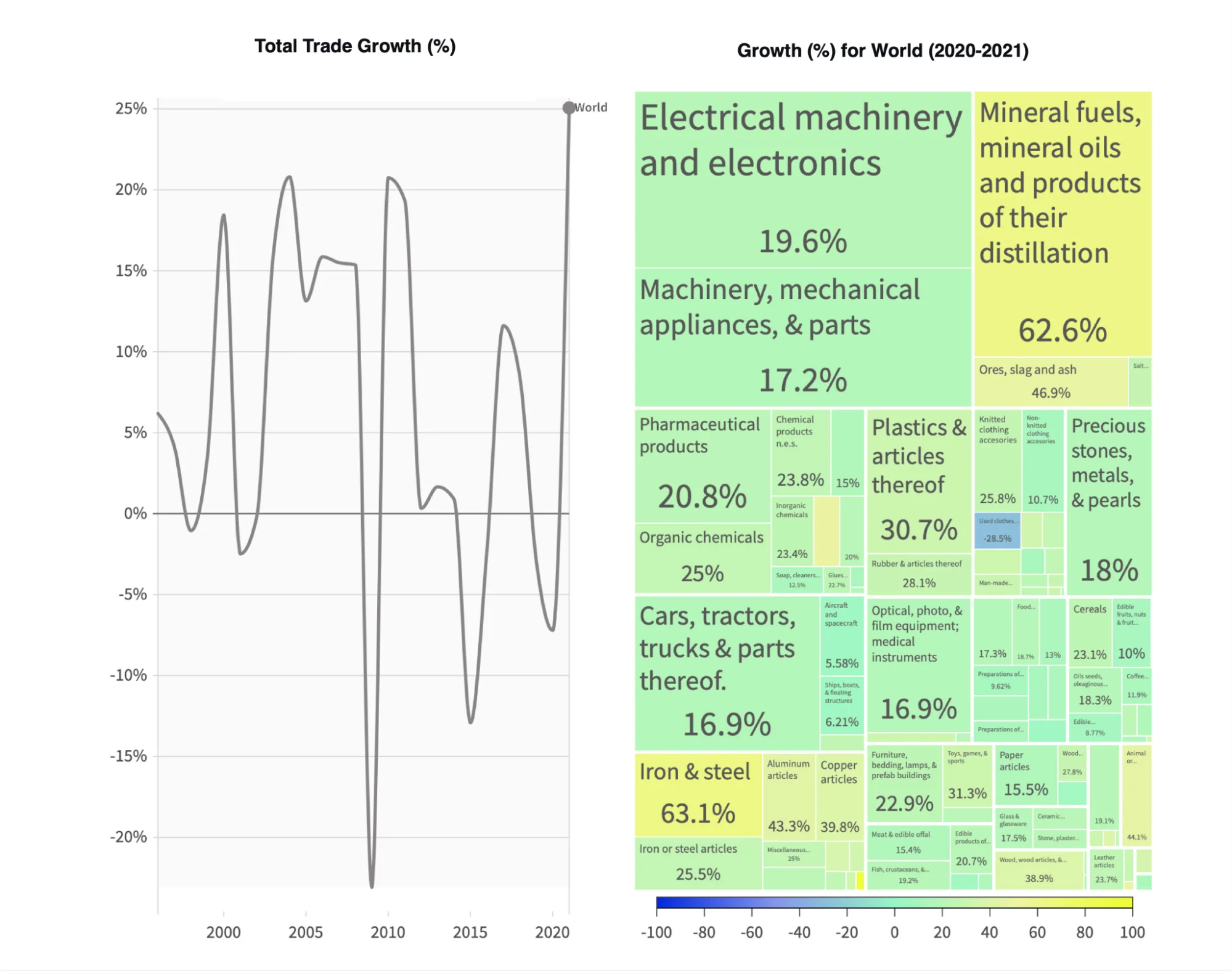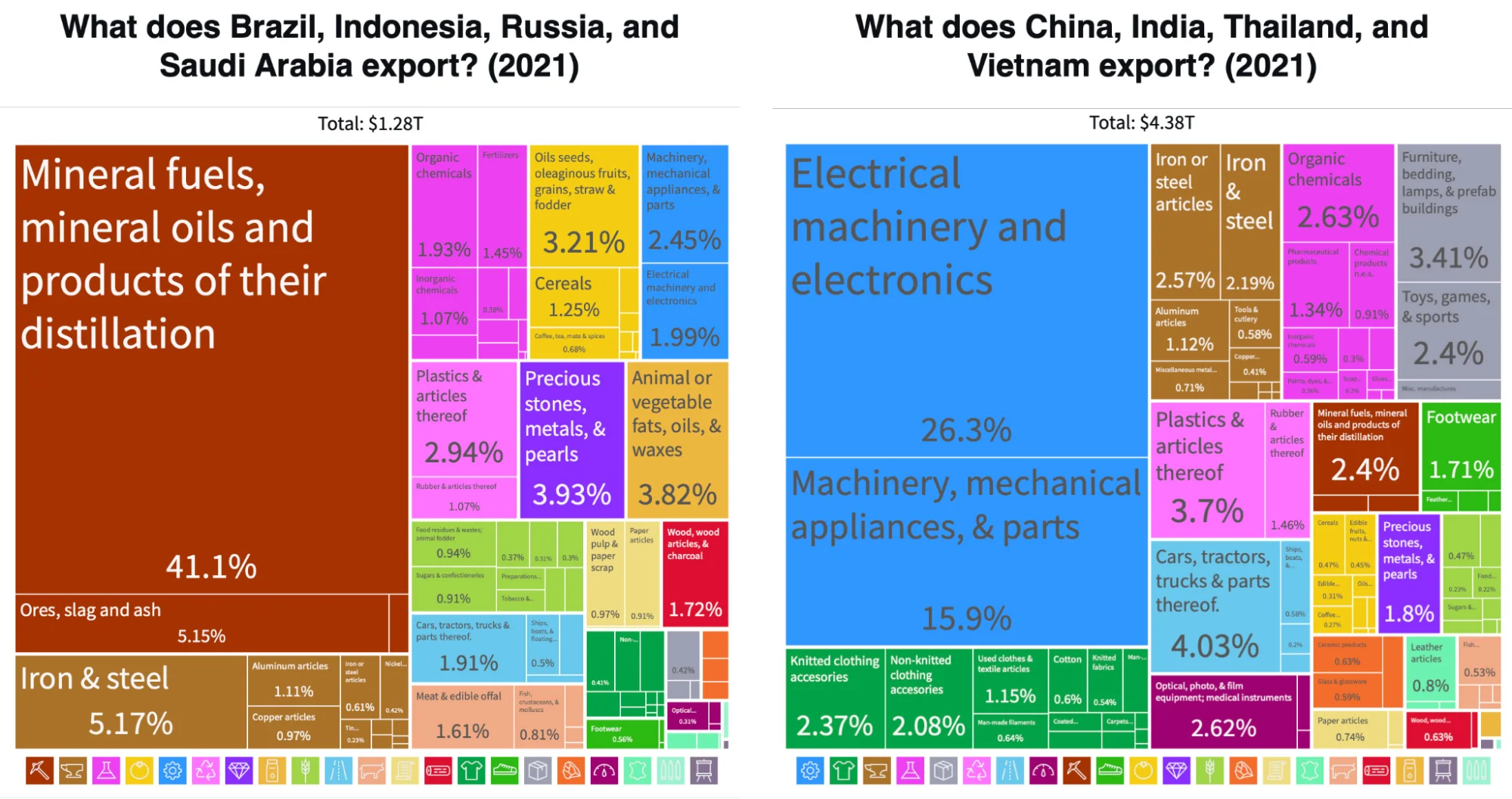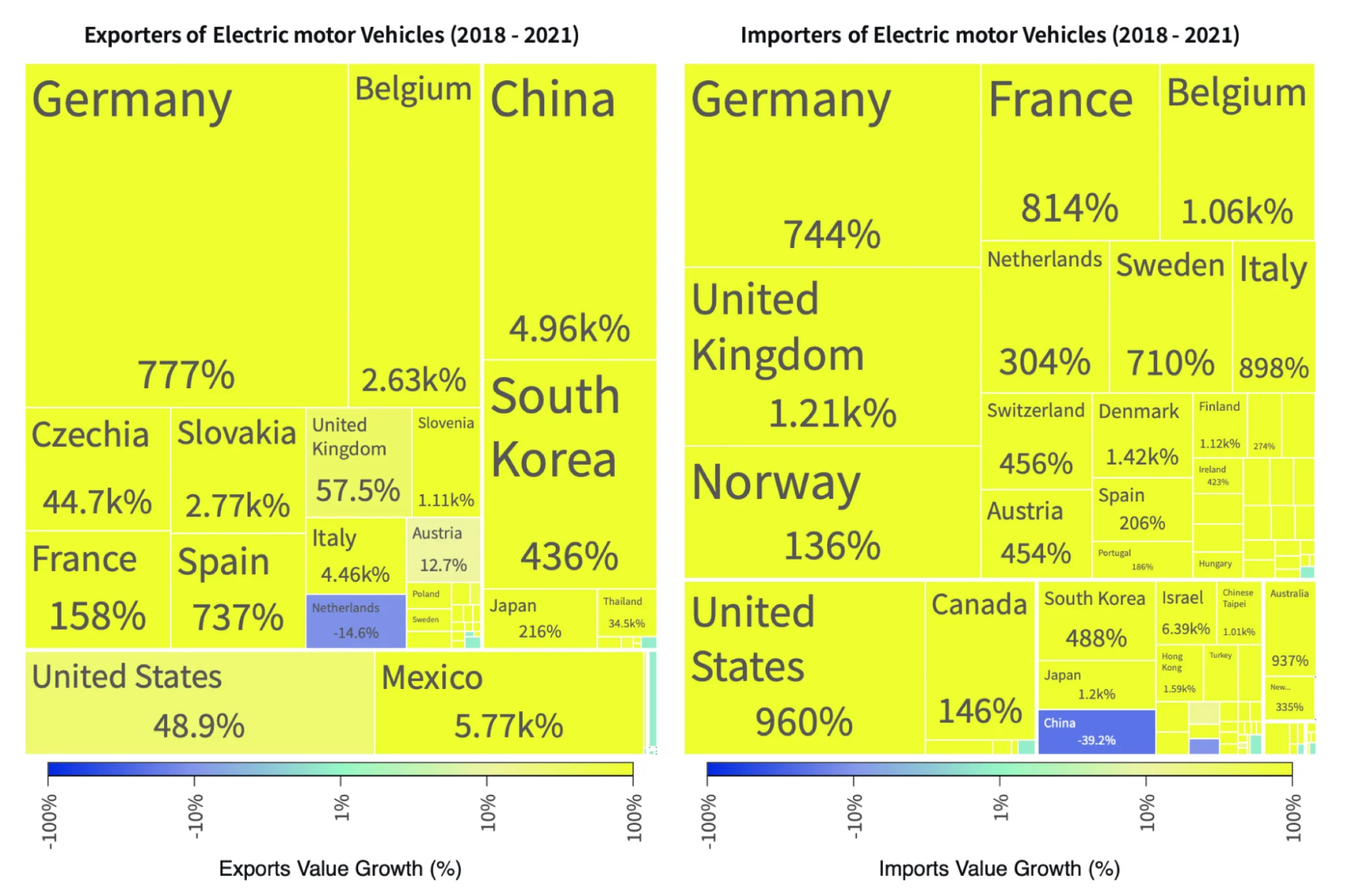How Trade Bounced Back in 2021: Four Trends You Need to Know
The COVID-19 pandemic shook the world economy and disrupted global trade like never before. But 2021 brought some good news for traders and consumers alike. Here are four surprising trends that shaped trade in 2021 and what they mean for the future.
1. Trade Hits All-Time High
Global trade reached a record $28.5 trillion in 2021. Is this a one-off or a real bounceback trend? It is unclear on this point, and it will take a few years to clarify what is a sustainable trend and what is a temporary crisis response. Still, it's an impressive increase of 25% in 2020 and 13% higher than in 2019. What drove this rebound? Strong demand for pharmaceutical products and electronics, rising commodity prices, and stimulus measures in major economies boosted trade activity across sectors and regions.

2. Intermediate Goods Save the Day
The pandemic shook the foundations of global trade. However, not all types of trade were equally surprised. Trade in intermediate goods —parts and components used for finishing the manufacturing of durable goods— was the backbone that kept global value chains healthy and strong. In 2021, exports of intermediate goods rose 28%, sustaining the upward trend after the sharp decline in 2020. The fastest-growing supply chains were for raw and semi-processed metals (copper, iron, steel, aluminum) and, not surprisingly, vaccine inputs.

3. Developing Countries Lead the Way
While all major trading economies saw their imports and exports rise above pre-pandemic levels in 2021, the trend was strongest in developing countries. Exports from developing countries were about 30% higher than during the same period in 2020, compared with 15% for wealthier nations. Moreover, South-South trade growth pushed solidly above the global average, with a 32% year-on-year increase. We can report some important conclusions from these data:
- Developing countries recovered more quickly from COVID-19 and capitalized on strong demand for medical supplies, electronics, and other exports. China, Vietnam, Taiwan, and India led this trend.
- Developing nations capitalized on higher commodity prices, particularly oil and minerals. As a result, these commodities accounted for more than 70 percent of exports from developing countries, with an even larger share for Russia, Saudi Arabia, Brazil, and Indonesia.

4. Electric Vehicle Exports Boomed
The global market for electric vehicles (EVs) grew by 76.4% in 2021, despite the challenges posed by the pandemic to car manufacturers. In 2021, around $60.8 billion of electric cars were exported globally. In one year, electric vehicles went from the 66th most traded product to the 49th position. Europe overtook China as the world's largest EV market for the first time.
In 2021, the top five exporters of electric cars were Germany ($15.6 billion), China ($7.23 billion), Belgium ($6.4 billion), South Korea ($5.6 billion), and the United States ($4.6 billion). These five countries accounted for almost three-quarters of global EVs exports.
Growth in imports and exports occurred across various regions. Although Mexico, China, and Slovakia joined the list of electric car exporters relatively late, their exports experienced exponential growth in 2021.

Despite the disruptions caused by the pandemic, global trade showed remarkable resilience in 2021. With record-high trade, some trends emerged, such as sustained growth in intermediate goods, strong trade performance in developing countries, and booming electric vehicle exports. While challenges remain, these trends indicate a brighter future for global trade and the economy. We, however, need to gauge the “crisis response” spikes and dips in these data to help predict future costs and opportunities when the next global, pandemic-scale crisis hits. Indeed, there are possible lessons for the planetary responses to global warming as that crisis begins to resemble a pandemic in scale and intensity more closely.
